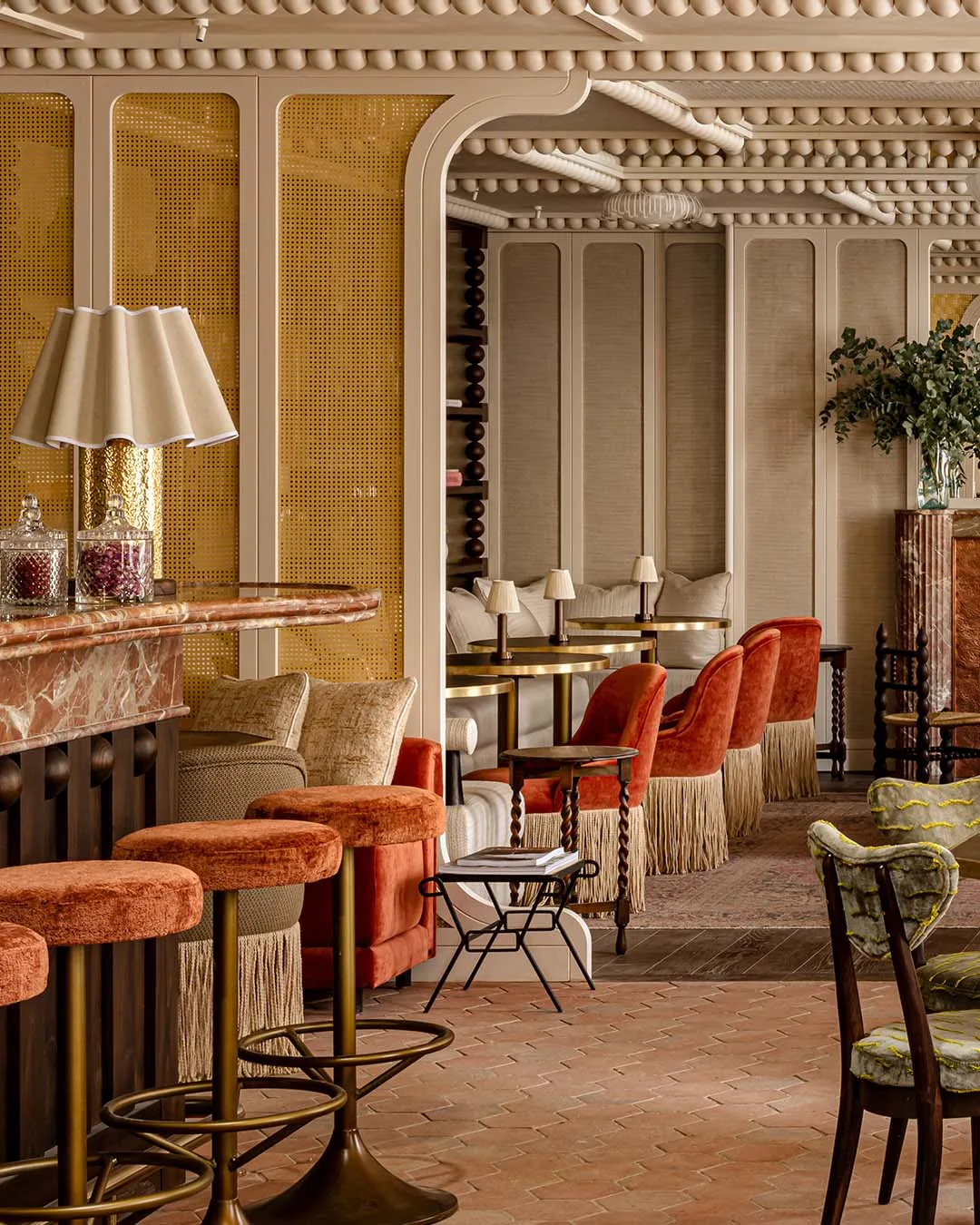





THE LOWDOWN...
Sowaka is more than just a hotel, it’s a lifestyle. The word itself literally translates to ‘happiness’ in Sanskrit, and for those that take note, can often be heard chiming through Kyoto’s elaborate temples as a parting blessing at the end of Buddhist sutras. It’s this slow-paced, easy living, and exquisitely chilled out mantra that defines the Sowaka experience best. A perfect marriage of old meets new, 21st century ryokan living delivers at this deeply creative, masterfully curated sanctuary of peace and quiet.
SET THE SCENE...
The hotel is slap-bang in the middle of the action in Kyoto’s famed geisha and UNESCO-listed district, Gion. Despite its Hollywood-esque location, the beauty of checking in here is that it doesn’t feel like you’re in a tourist hotspot at all. In the shadow of a string of landmark temples, shrines and go-to boutiques, Sowaka is cocooned from sight thanks to a cobweb of low-rise bamboo façades and narrow stone streets (a godsend following a long day navigating the city’s cherry blossom-crazed, kimono-loving crowds).
Speaking of exploring, you couldn’t be better placed in the Old Town. Everything from the Yasaka Jinja shrine to the Kōdaji and Kiyomizudera temples are all within walking distance. Plus, when the time comes to escape, Kyoto’s main station is a mere 15-minute cab ride west.
STYLE POINTS?
It’s traditional ryokan chic on a grand, almost poetic scale — that of a haiku, one might say. Sowaka carries much of Kyoto’s rich heritage in near-effortless style. Think tree-lined paths, irresistibly atmospheric sukiya-inspired spaces flushed with rays of natural light, and a medley of rare antiques and modern artworks dotted about the maze-like place.
The moody aesthetic is thanks to 100-plus artisans and craftspeople whose generational skills have transformed the former teahouse into a labyrinth of winding creaky wooden corridors, sliding shoji screens, circular rice-papered windows, exquisite carvings, abstract portraiture, and minimalist speakeasys that ooze all shades of storied and contemporary Japanese design. The overall Sowaka essence is peaceful sanctuary meets throwback living, and the inn delivers on all accounts.

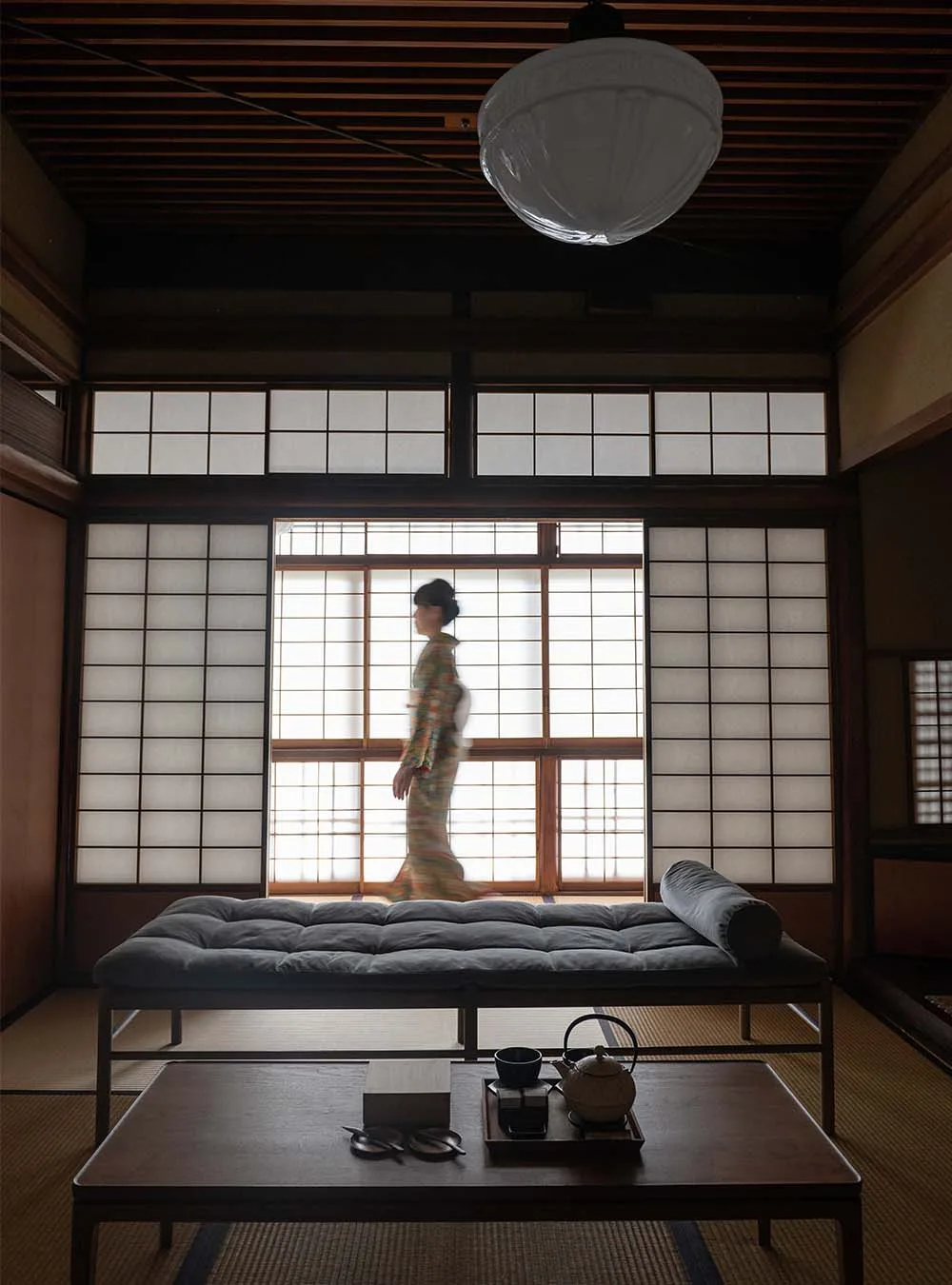
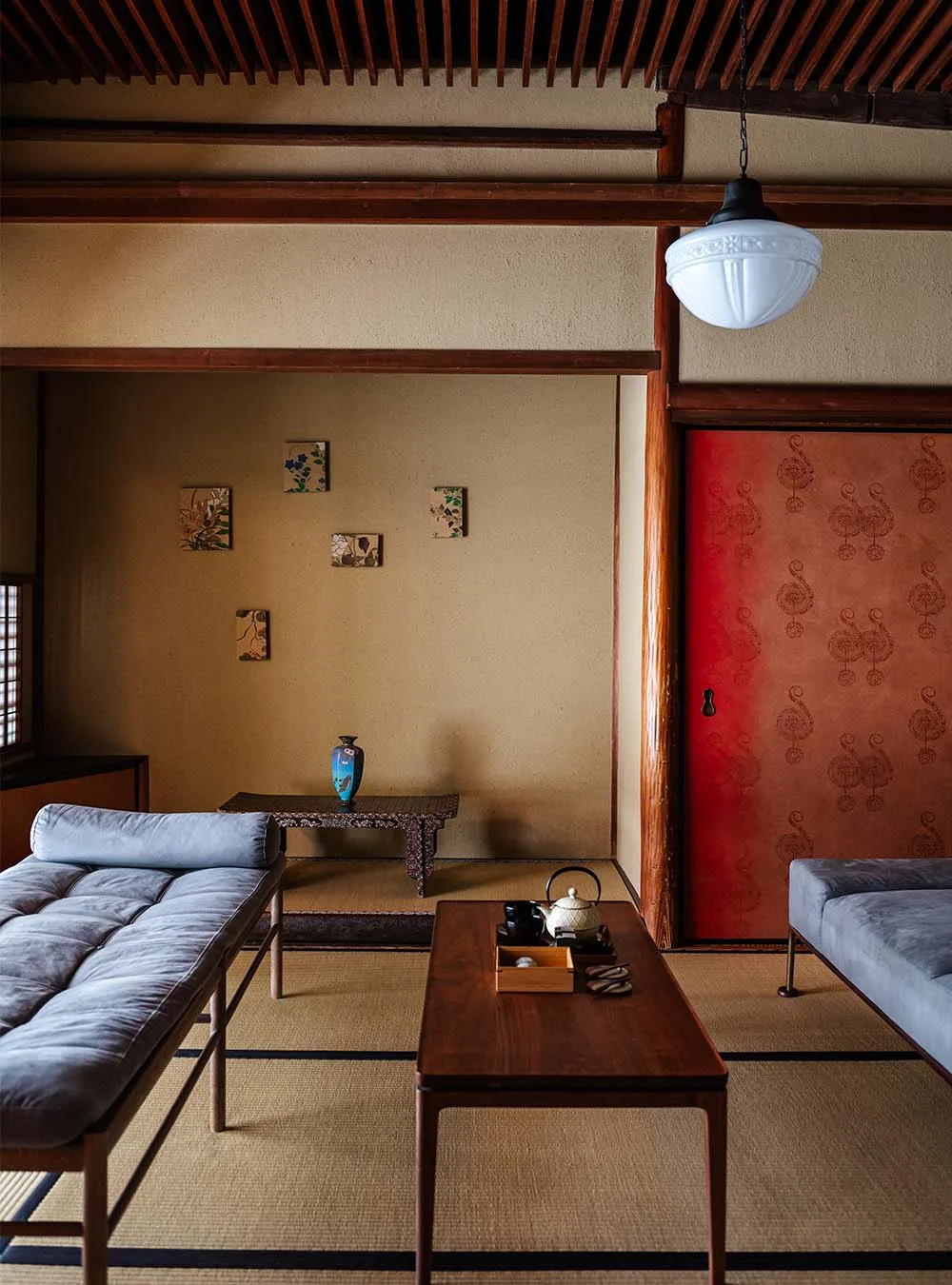
TELL US ABOUT THE ROOMS...
Blissfully unique. Rooted in traditional architecture, you’re most likely to do as I did and gasp, “wow” upon walking into any of Sowaka’s 23 rooms. Why? Everything about them screams character, offering a welcome sight that instantly sets it apart from the hotel’s nearby corporate neighbours.
Digs are split across the main old house and a newly constructed demi-palace built from the ground up by acclaimed local architect Shigenori Uoya. Plaster walls, washi paper windows and cute alcoves, garden vistas, and roomy wooden tubs sum up the main building’s boudoirs, while minimal clean-lined interiors, abstract textiles and angular window frames eyeing Kyoto’s rooftops headline Uoya’s more modern offering.
Beds are ultra-comfy and made in the Iwata Prefecture using top-notch quality natural wool. And yes, millennials and Gen Z, mod-cons are also part of the deal in these blast-from-the-past chambers, from high-speed USB ports to rapid heating and air-conditioning amenities.
THE FOOD & DRINK?
Well, there’s a Michelin star on the table, thanks to the hotel’s destination restaurant Gion Loka, sister to Tokyo’s famed fine dining hotspot of the same name. While this may sound a little formal, it’s very refreshingly relaxed on all counts with its omakase-style grub served and plated with smiles and good chat.
On the menu, expect traditional Kyoto cuisine in the form of 10 eye-bulging courses. As it’s all seasonal, the menu changes regularly, but expect cyclical seafood from crab to tuna, veg (pickle is a staple in these parts), and tender meats beautifully presented in bric-a-brac crockery. Finish it all off with sake, naturally, though if you are a novice like me, take the sommeliers’ advice, as the selection can be daunting.
Come breakfast, you can either go full-on Japanese or continental, in the form of the usual eggs, sausage, fresh juices and more. Our advice is to go for the more traditional option for a good schooling in local dishes. Hearty and delicious, hand-made tofu, grilled fish, and soup are the real deal, alongside some seriously good roasted teas to wash it all down.
ANYTHING ELSE TO NOTE?
Sowaka is very well connected, so it’s worth sitting down with the concierge to discuss all of the unique experiences available through the hotel. Tailored shenanigans come in the form of behind-the-scenes tours of the Kiyomizudera temple; exclusive geisha dinners (so worth it); sunrise and sunset temple visits, and — if you’re into your shrubs and florals — private garden tours led by local experts.


The overall Sowaka essence is peaceful sanctuary meets throwback living, and the inn delivers on all accounts.
Latest stories
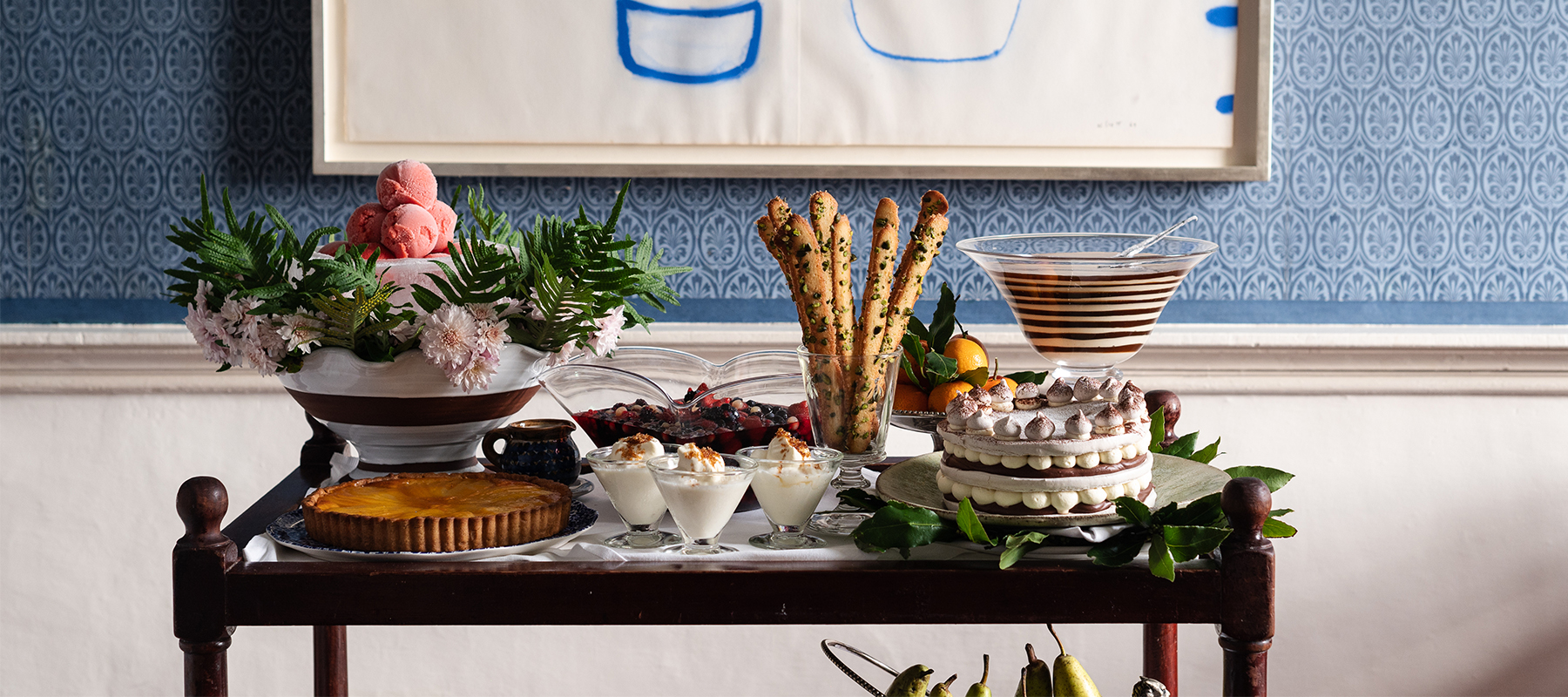
A foodie guide to Ireland: from coastal catches to country kitchens
With Guinness as rich as its landscapes are green — and whiskey never far from reach — Ireland’s charms can be drunk in and eaten up from the moment you arrive. And while its culinary reputation has soared in recent years, nothing quite compares to tasting your way around the

The natural highs of hiking solo in Costa Rica’s cloud forest
Out of nowhere, a stark yet melodic chirp punctuates the dense moss-heavy virgin forest, halting me in my tracks with its hypnotic, unadulterated beauty. I later discover it was likely the song of a black-faced solitaire, a bird that’s rare to see, yet glorious to the ears. And just one
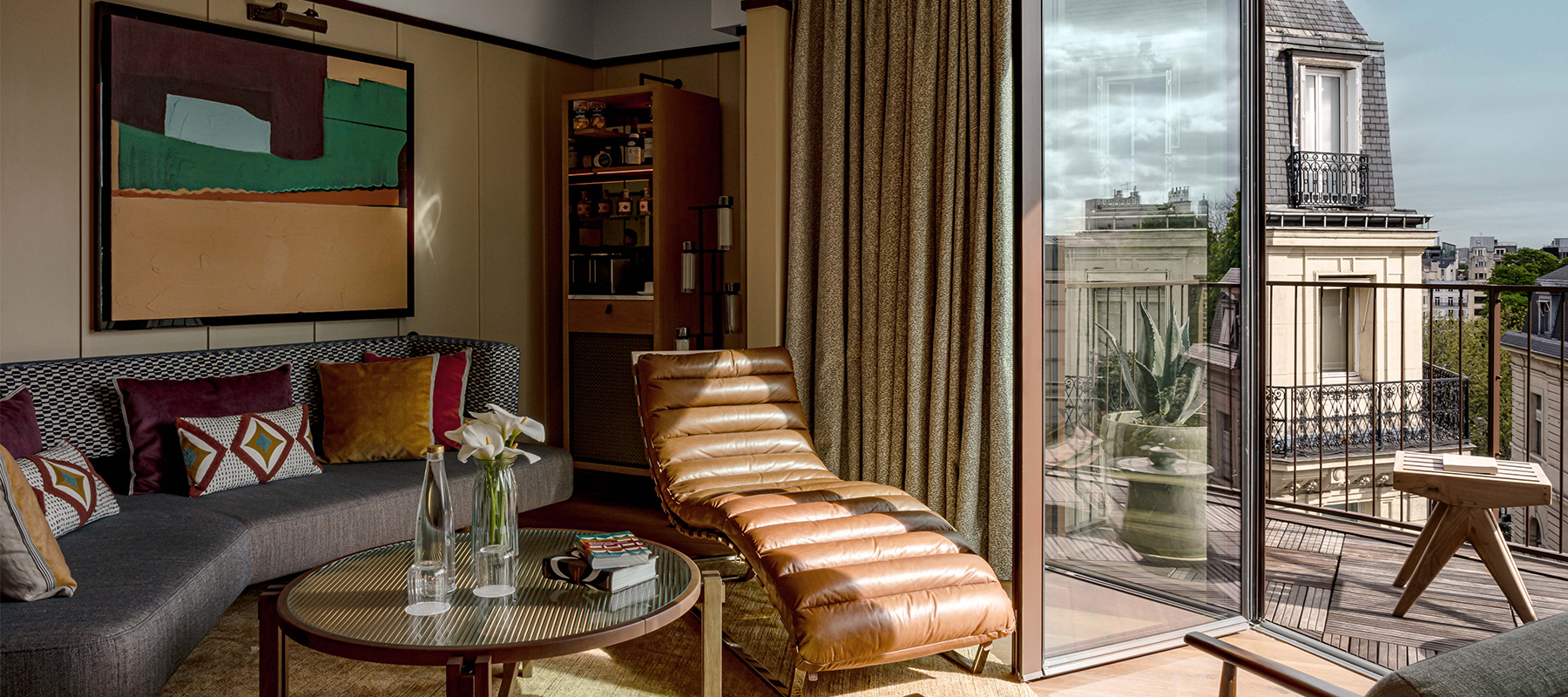
Hotel Norman, Paris: design-led luxury steps from the Champs-Élysées
There’s no shortage of glamorous hideaways in Paris, but few manage to bottle an era quite like Hotel Norman. Steps from the Champs-Élysées, this newcomer channels the seductive polish of midcentury modernism with the confidence of a hotel that knows exactly who it’s for: travellers who appreciate quiet luxury, meticulous

6 eco-friendly hotels offering ethical wildlife experiences
If you prefer your wildlife encounters without the crowds — and with a side of serious sustainability — SLH’s Considerate Collection has you covered. And with World Wildlife Conservation Day shining a light on the importance of protecting our planet’s most vulnerable species and habitats, there’s no better moment to

